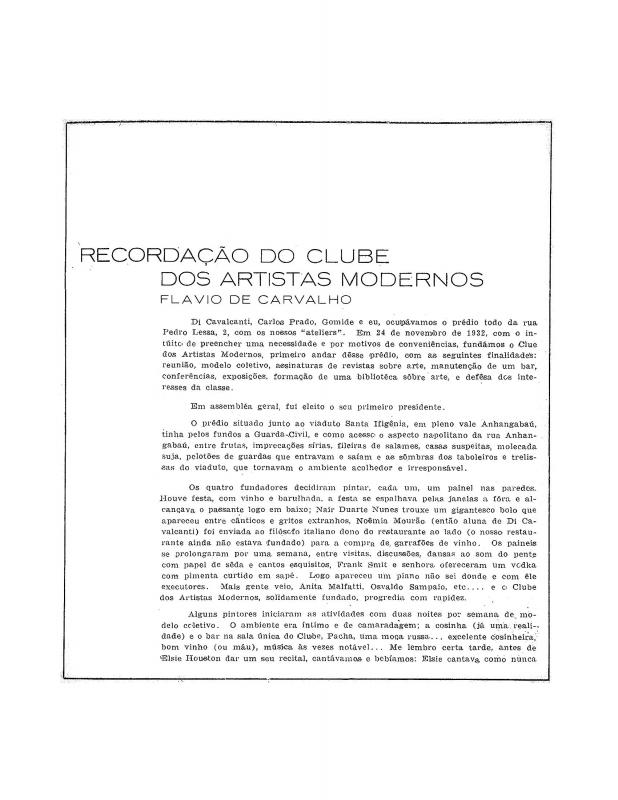Lurking in the background of this lecture given by David Alfaro Siqueiros (1896–1974) was the specter of his voluntary exile, prompted by his involvement in the miners’ strikes in the state of Jalisco, Mexico (1930). He was imprisoned as a result of that involvement and was later placed under house arrest in Taxco (Guerrero, 1931). He subsequently left Mexico and traveled widely, developing his concept of group mural projects that he called Equipo Poligráfico Ejecutor. The first of these projects was the mural América Tropical (1932), created with several artists from Los Angeles (California). Later, while in Uruguay and Argentina, he worked with a group of artists from the River Plate region (Antonio Berni, Lino Enea Spilimbergo, Juan C. Castagnino, and Enrique Lázaro) to produce Ejercicio Plástico, painted on the walls of the basement of Quinta Los Granados (a country home in Don Torcuato, on the outskirts of Buenos Aires). Manuel Serrano salvaged the mural, and it is now on public display at the Museo del Bicentenario (1810–2010), just behind the Casa Rosada in Buenos Aires.
Another document, written by the painter and sculptor Flávio de Carvalho (1899–1973)—“Recordação do Clube dos Artistas Modernos” [doc. no. 781340]—describes the founding of CAM (Clube dos Artistas Modernos), an occasion that included the painters Emiliano Di Cavalcanti, Carlos Prado, and Antonio Gomide. The original goal of the club was to organize activities as a “group model of public action.” In addition to talks given by the art critics Mário Pedrosa and Caio Prado, the document mentions the presence of the Mexican muralist David Alfaro Siqueiros, whom the author considers “more flamboyant as a speaker than as a painter.”
This newspaper article describes the lecture that Siqueiros gave at CAM to an audience of people from São Paulo in 1933. The club membership consisting of artists and intellectuals, under Carvalho’s leadership, organized art exhibitions, lectures, and musical, dance, and theatrical performances in 1933 and 1934.
This article reflects the interest generated by the exchange of ideas and artistic experimentation among Latin American countries. It also sheds light on the political movements that were part of modern art at the time, such as Expressionism, Social Realism, and mural painting.

